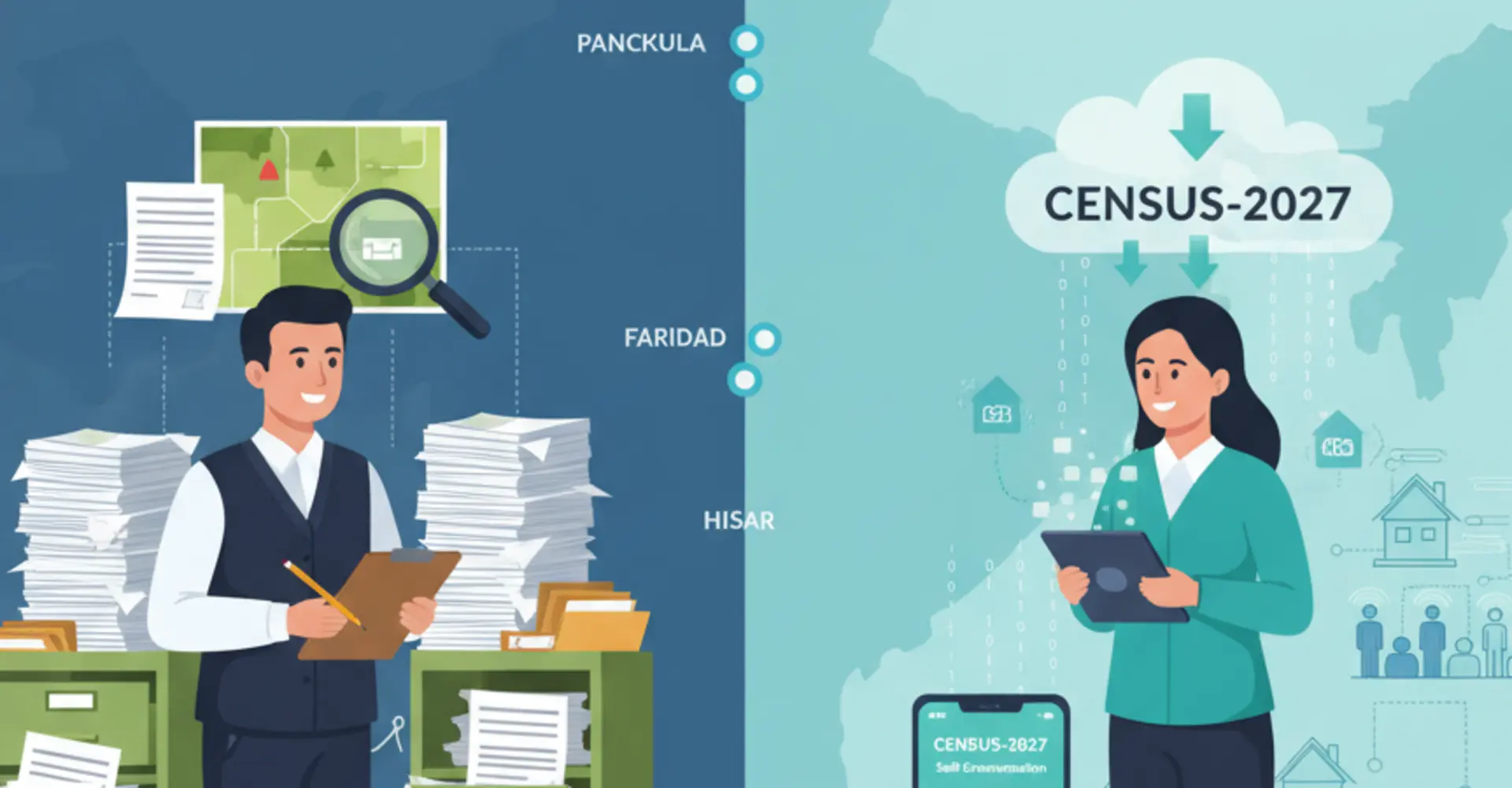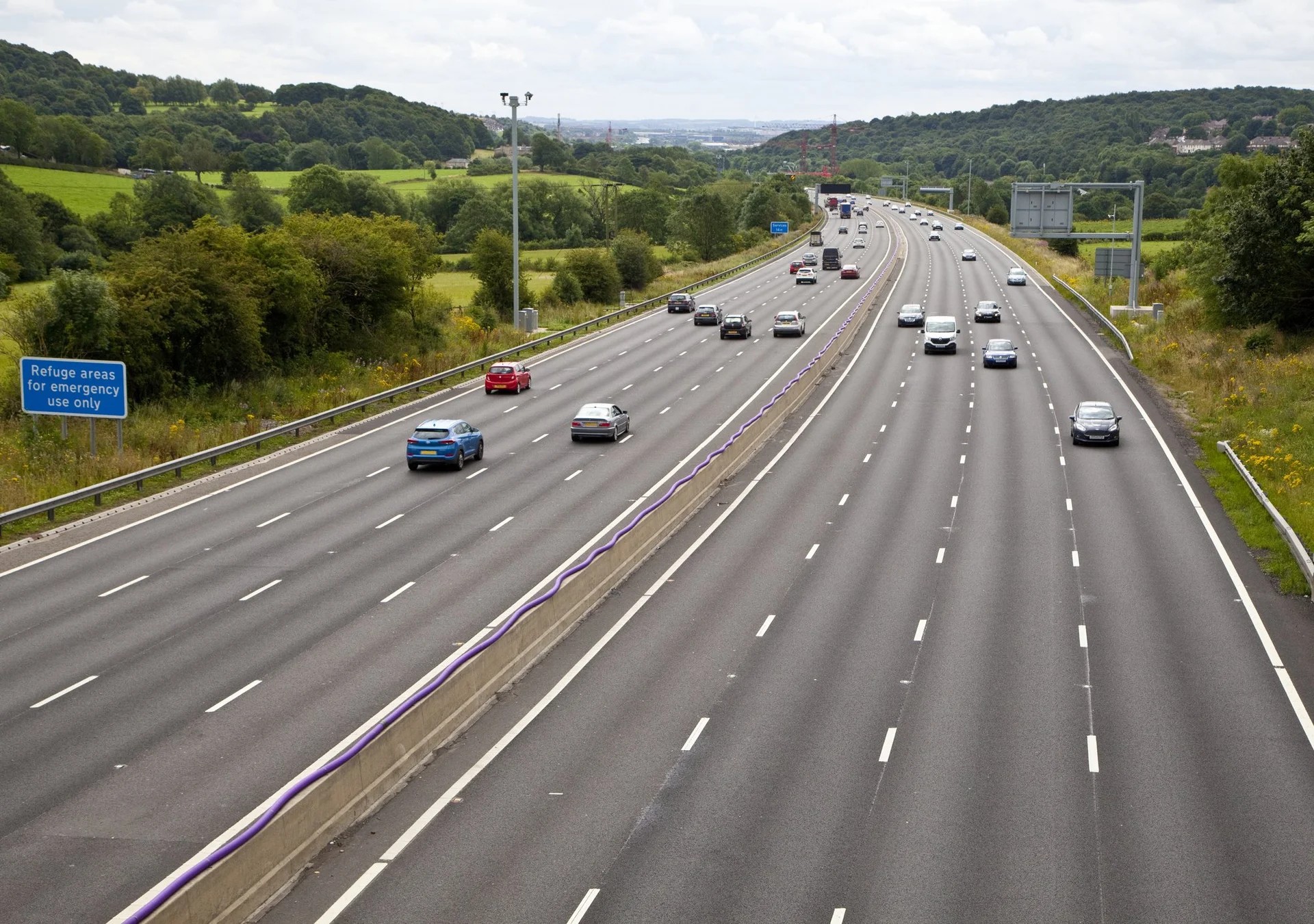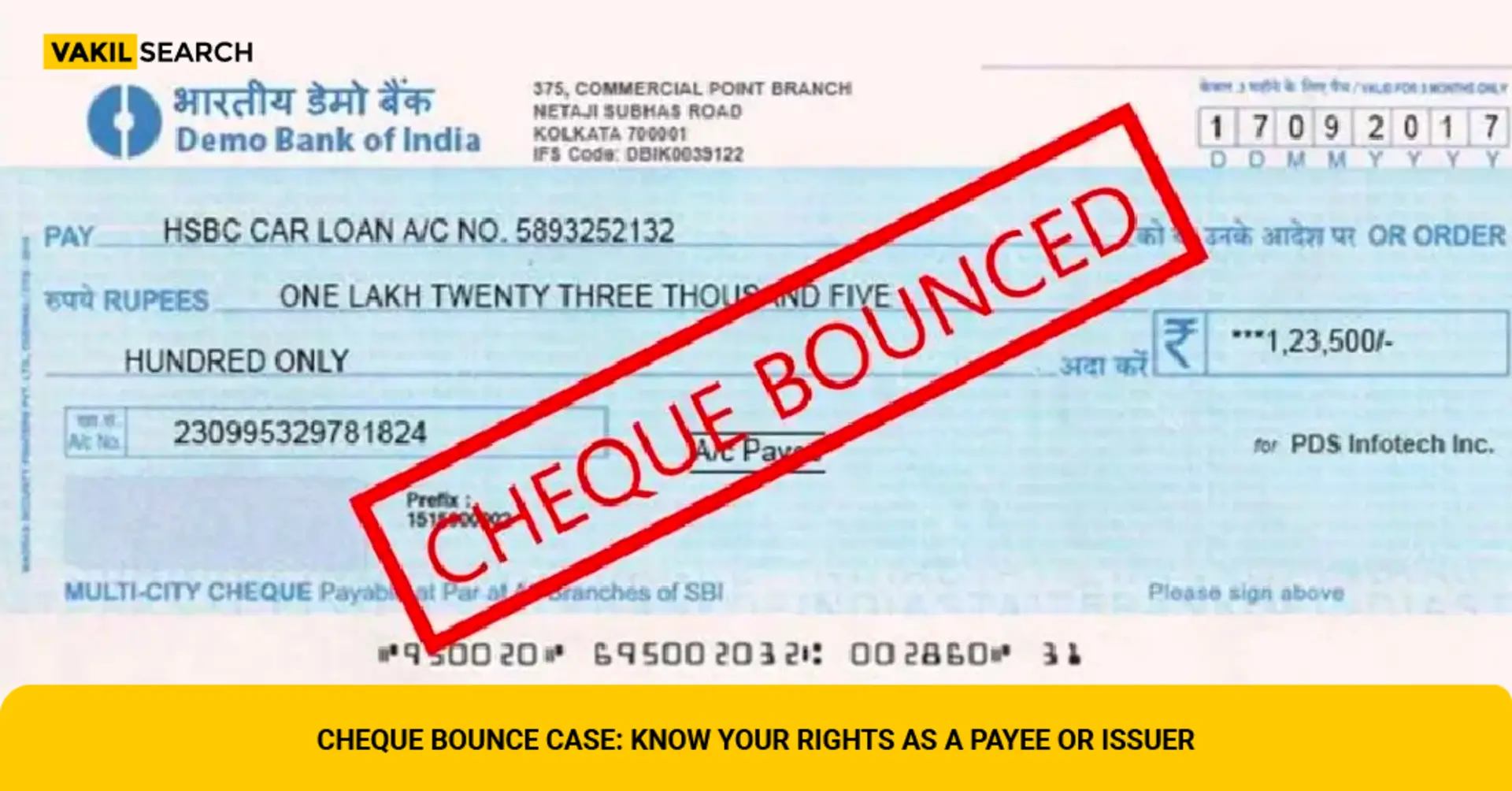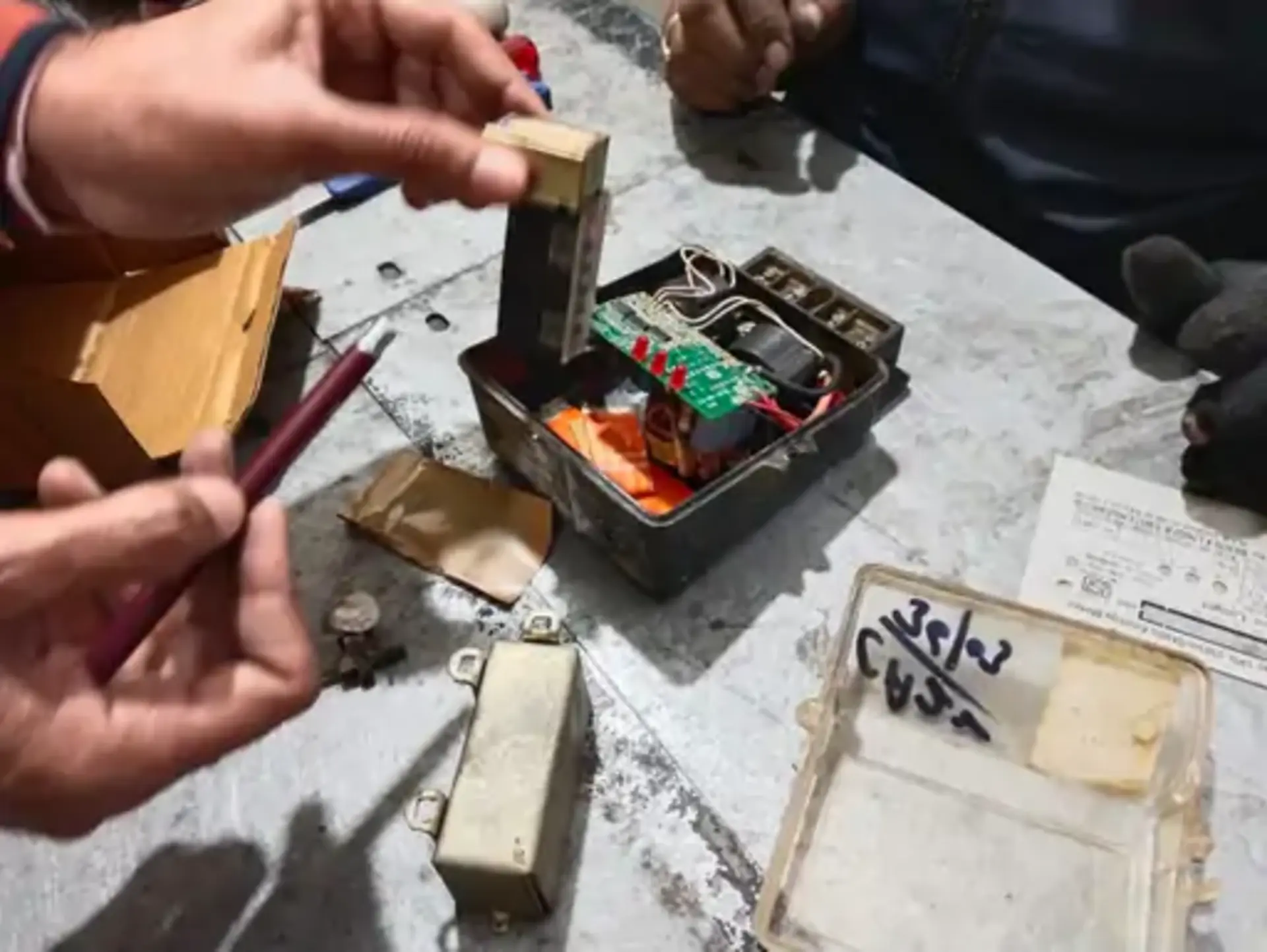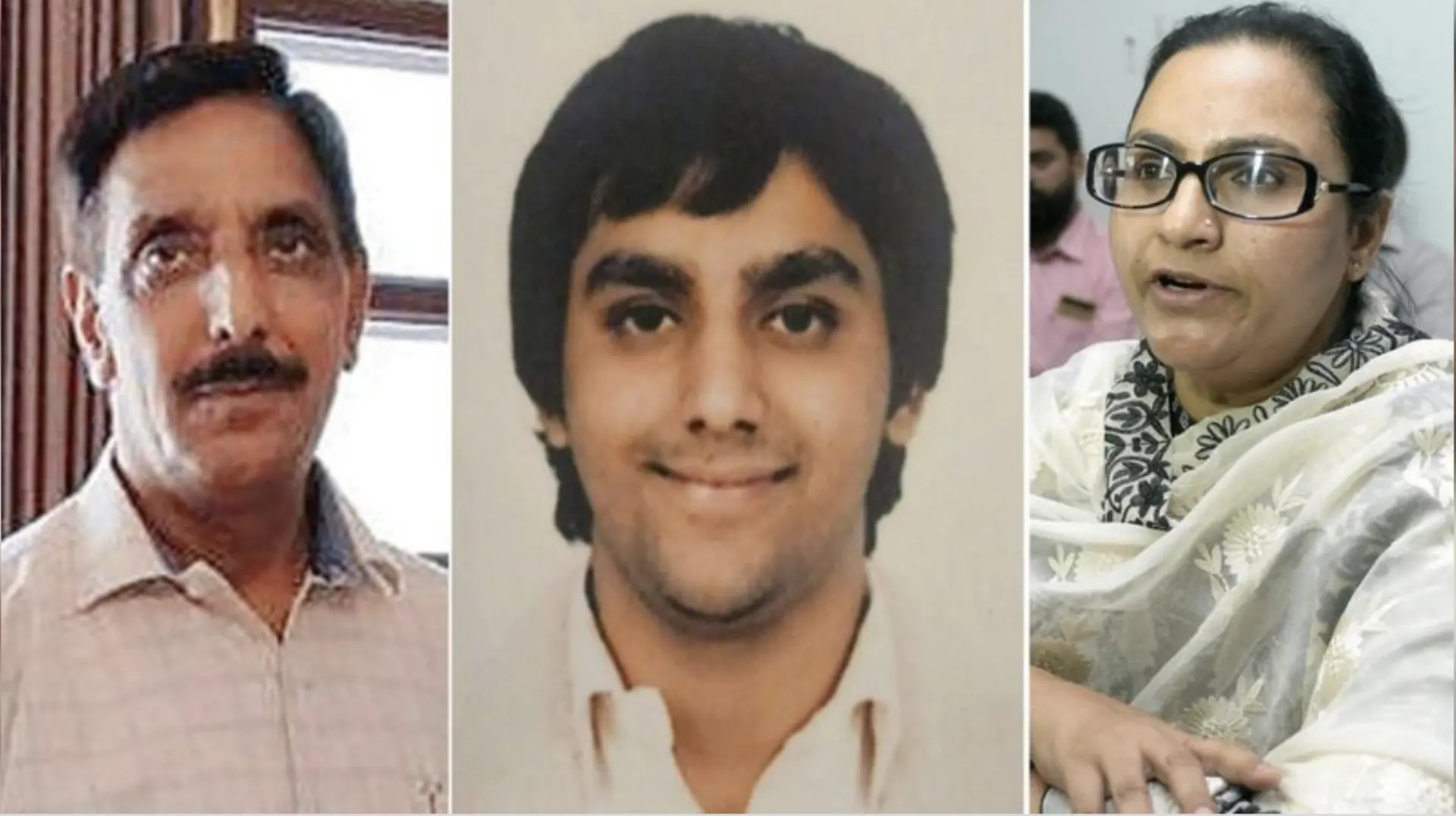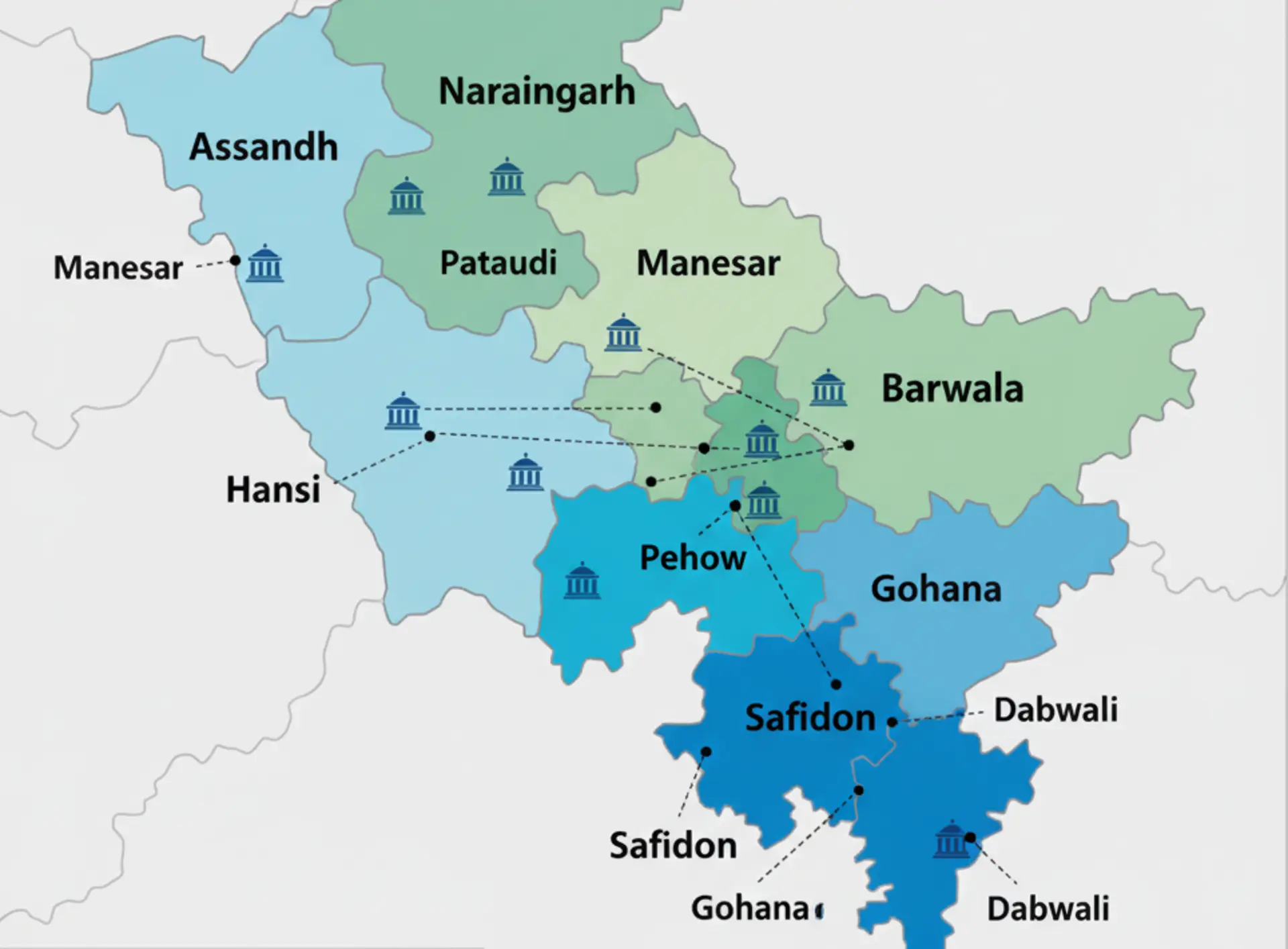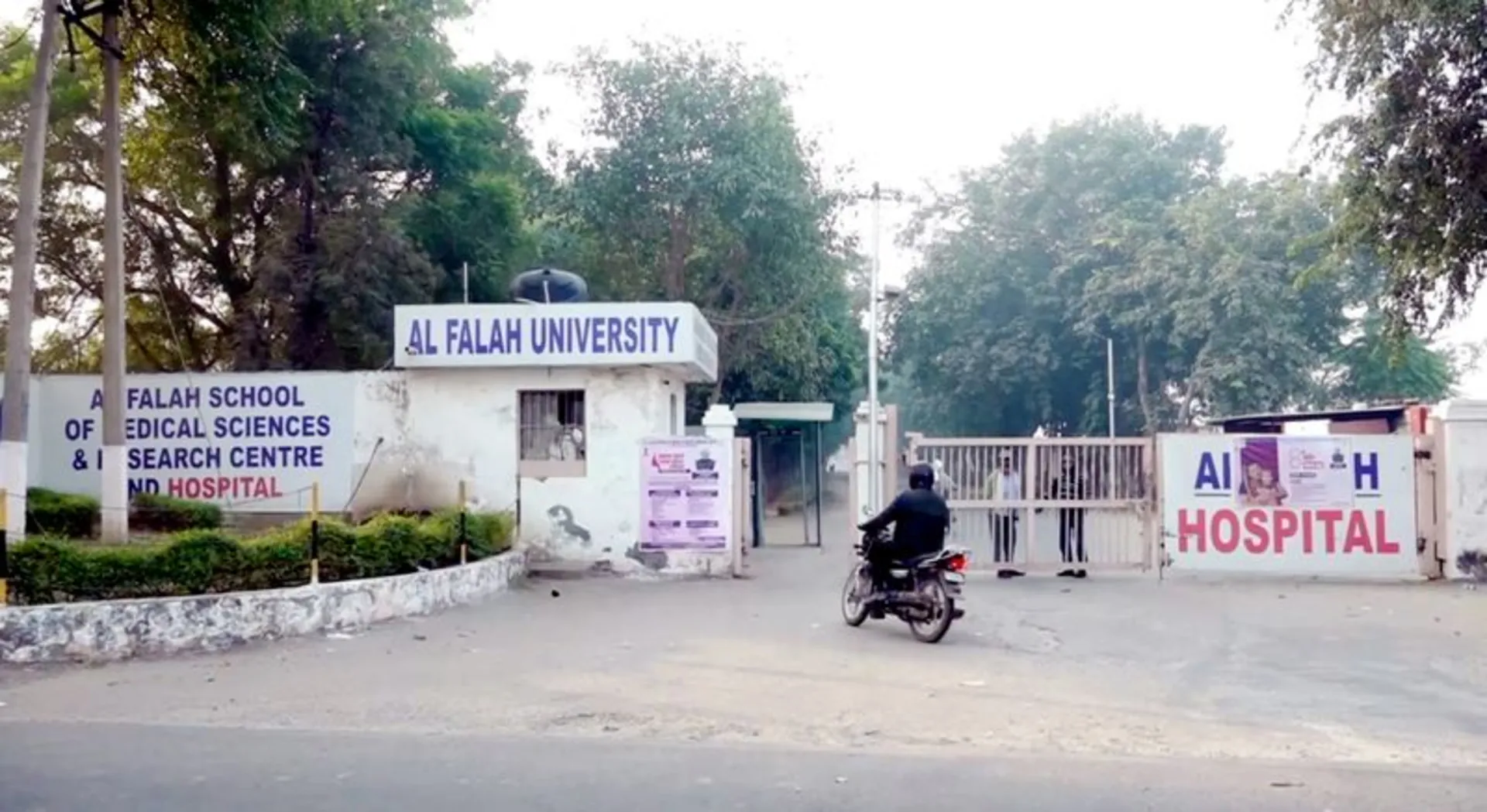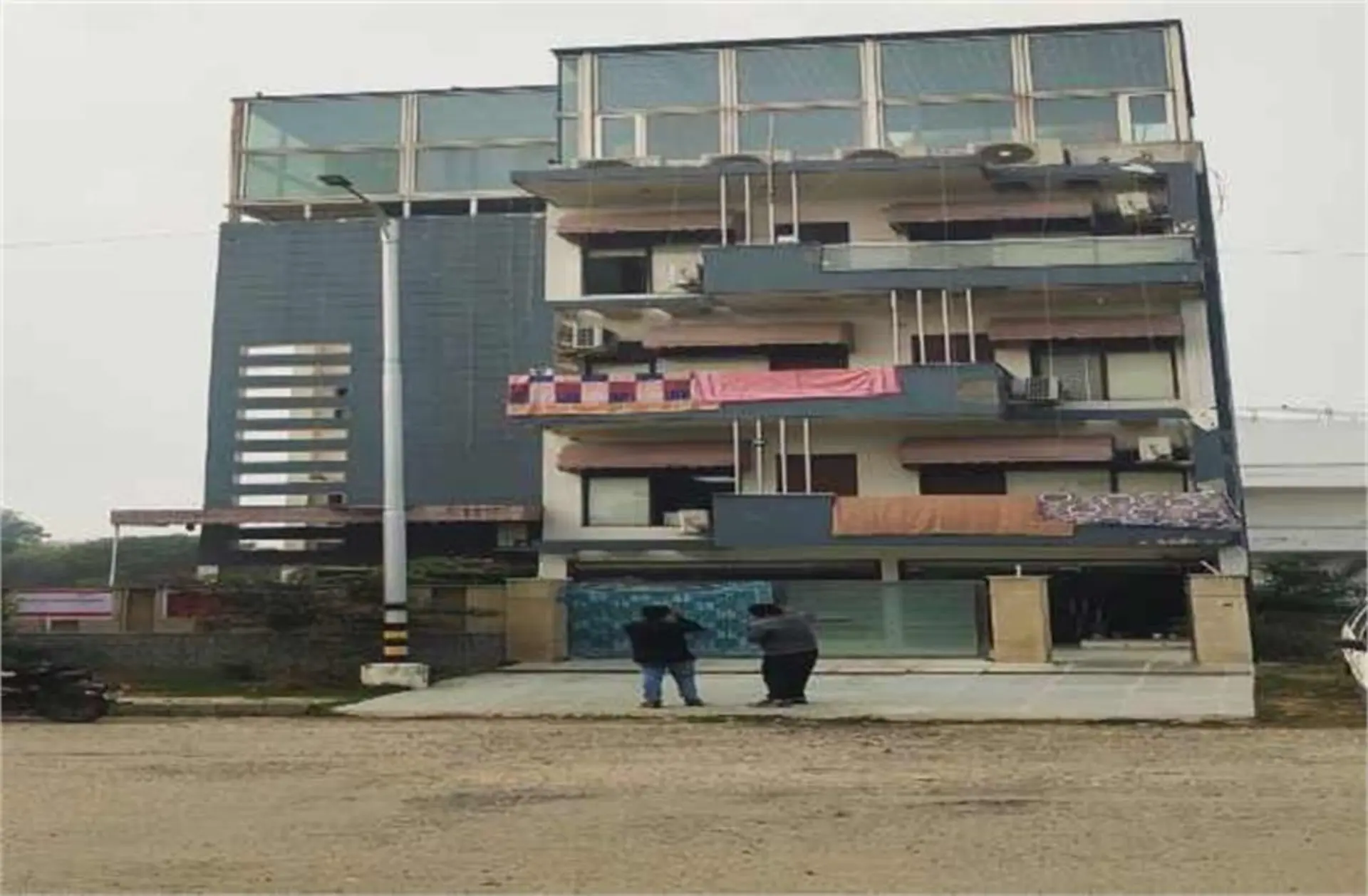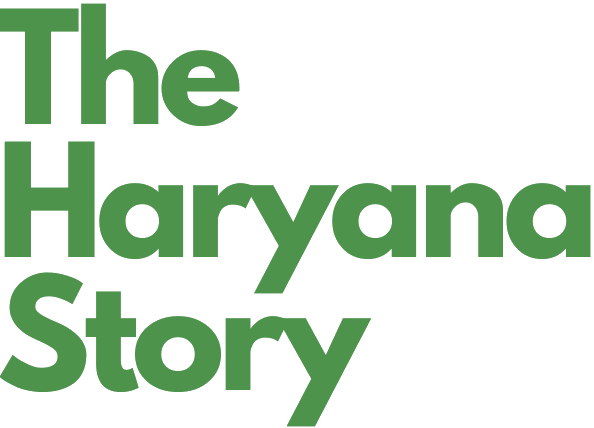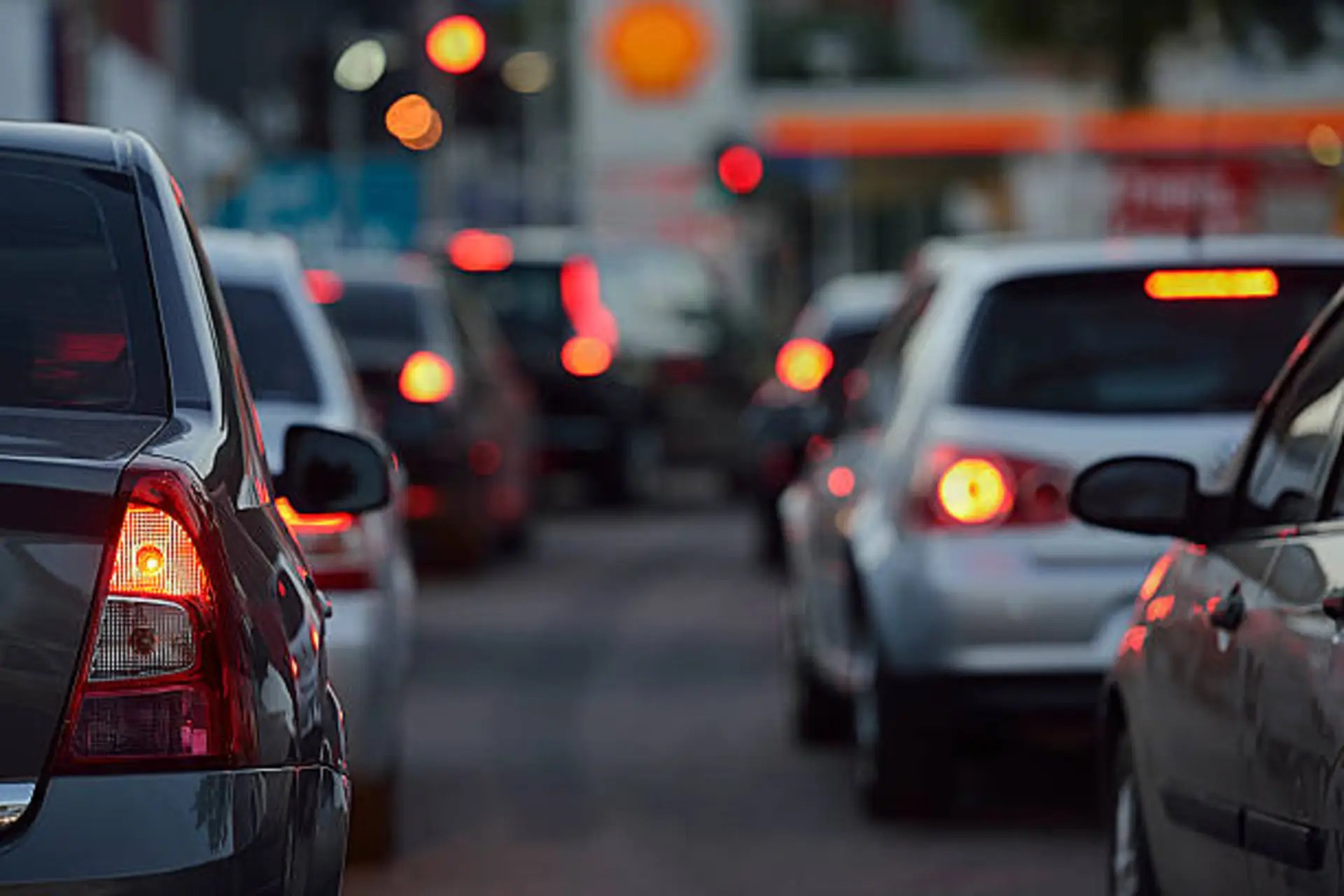
India's Census-2027, scheduled to come, will be a historical transition from paper-based conventional enumeration to an all-digital process. Three districts in Haryana — Panchkula, Hisar, and Faridabad — have been chosen to pilot test this path-breaking strategy from November 10.
Revolutionary Digital Approach
For the first time in the history of the Indian census, data will be gathered through a mobile app with self-enumeration, thereby doing away with the enormous paperwork that has been the hallmark of earlier census operations. This shift accords with the Government of India's "Digital India" initiative and is expected to raise the bar for demographic data collection efficiency. Lalit Jain, Haryana Director of Census Operations, spoke to the importance of this transition. "The project is a part of the 'Digital India' initiative and would establish new standards in data collection and compilation," he said. The transition is a complete overhaul of the way India collects population and housing data.
Pilot Testing Framework
The pre-test period will last from November 10 to 30 in 106 sample blocks — 64 rural and 42 urban. The well-chosen sample will assist officials in identifying technical issues, sharpening digital tools, and determining efficient procedures prior to roll-out across the country.
During the pilot, enumerators will capture housing conditions, amenities available, and household assets using the new digital platform. The pilot will prove both the technology and the methodology prior to full-scale deployment.
Streamlined Data Collection
A central innovation is the application of coded answers rather than long descriptive answers, speeding up data finalization without compromising reliability. The main emphasis now turns to training and real-time surveillance on a special Census web portal so that quality remains consistent across all the enumeration areas.
Preparatory activities, such as rigorous enumerator training, initiate October 17 — the technical initiation of the process of transition.
Two-Phase Implementation
Census-2027 will be conducted in two separate phases. April to September 2026 is the houselisting phase, covering all residential buildings and elementary housing information. The population enumeration phase comes next in February 2027, gathering individual demographic data with the enhanced digital mechanisms tried out during the pilot.
This two-stage process enables authorities to adapt mid-way through the two phases following the houselisting exercise, optimizing performance when the process of collecting population data starts.



